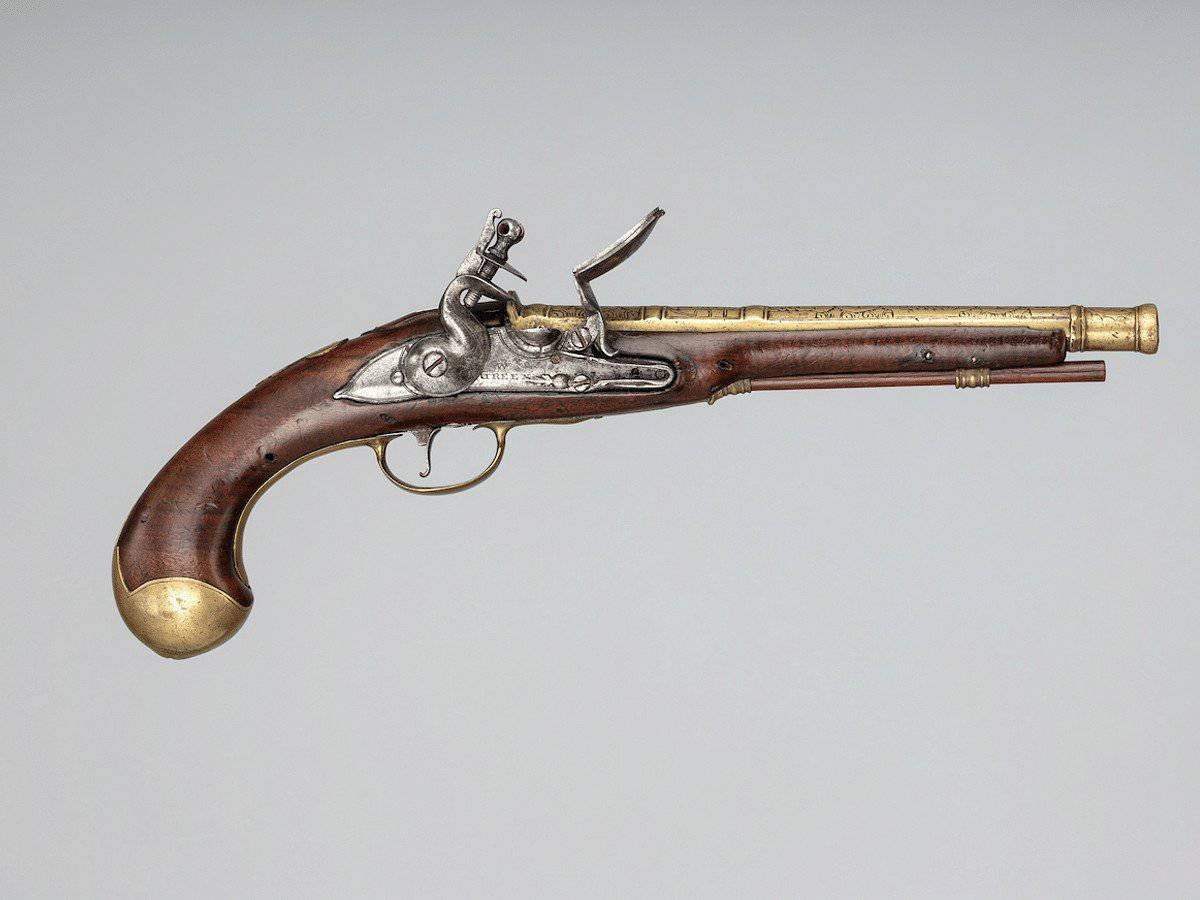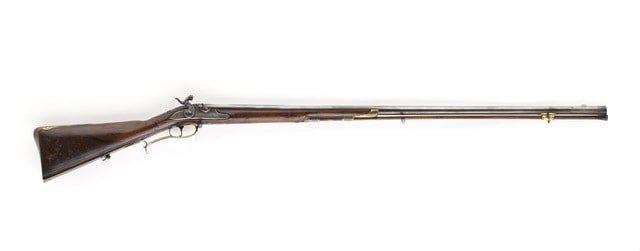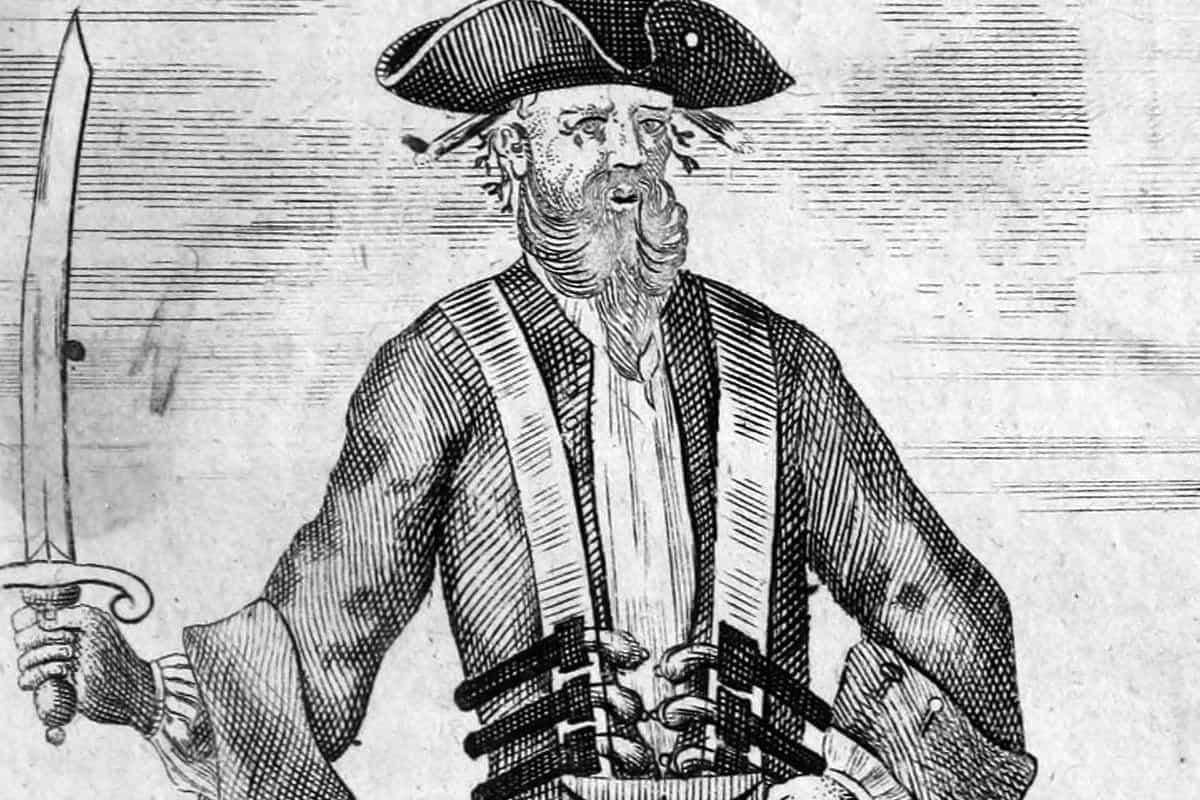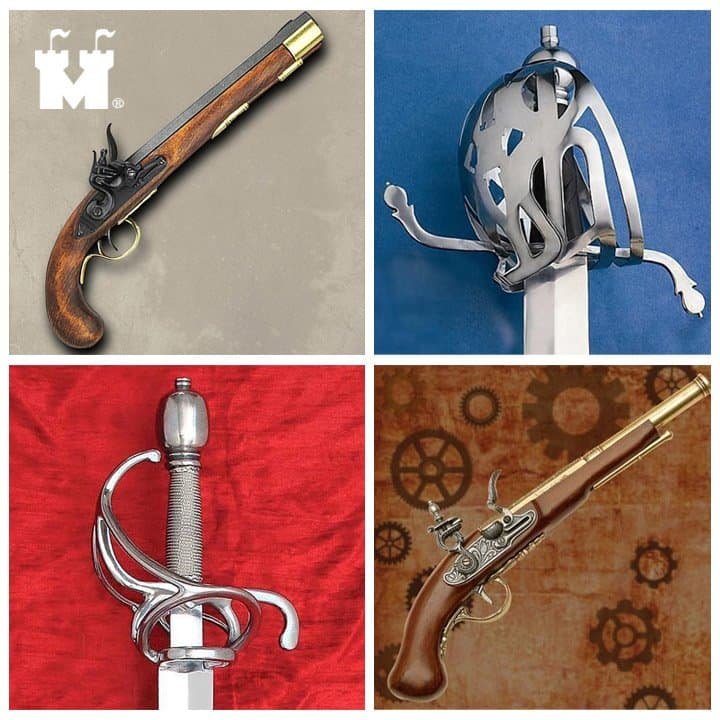Physical Address
304 North Cardinal St.
Dorchester Center, MA 02124
Physical Address
304 North Cardinal St.
Dorchester Center, MA 02124

Explore the arsenal that empowered pirates during the Golden Age. Dive into their strategic use of weaponry & uncover the secrets behind their legendary seafaring adventures.
Have you ever wondered what kind of weapons pirates used to command the high seas during the Golden Age of Piracy? It’s a fascinating aspect of history that offers insight into the tools and tactics that defined this tumultuous era. The arsenal of a pirate ship was essential not just for looting and defending treasure, but also for creating the legendary aura that pirates are known for today. In this article, you’ll explore the various weapons that were fundamental to pirates, and how these tools influenced their seafaring adventures.

The Golden Age of Piracy is typically defined as the period from the late 17th century to the early 18th century. This time was marked by an increase in piratical activities, particularly in the Caribbean, the American coast, the Indian Ocean, and the West African coast. Pirates thrived in these regions due to the lucrative shipping lanes and the ongoing wars between powerful European nations, which left many ships vulnerable to attacks.
Weapons were more than just tools for pirates—they were symbols of power, survival, and rebellion against the world’s mightiest navies. A ship’s arsenal needed to be versatile, capable of both attacking heavily armed merchant ships and defending against naval forces. Understanding pirates’ weapons gives us a lens through which to understand their strategies and the fear they instilled in others.
Pirates preferred weapons that were practical and easily maneuverable in close quarters. Among them, daggers and swords played crucial roles in their combat strategies.
The cutlass was a short, broad sword with a slightly curved blade and a sturdy hilt, making it ideal for fighting in confined spaces, such as the decks of ships.
While swords like the cutlass were prominent, daggers also held a critical spot in a pirate’s toolkit. These small blades were perfect for stealthy attacks or close-combat situations.

As piracy evolved, firearms began playing a more prominent role aboard pirate ships. They offered a more distant means of attack, a factor that was important when boarding enemy vessels.
Flintlock pistols were among the most common firearms carried by pirates, known for their straightforward mechanism and powerful shot.
The blunderbuss was a short-barreled precursor to the shotgun, capable of shooting multiple projectiles at once.
Pirates needed more than hand-held weapons to effectively commandeer ships and defend their own.
Cannons were the primary heavy weaponry aboard pirate vessels, used extensively for long-range engagements and to intimidate opposing crews.
Smaller than traditional cannons, swivel guns were mounted on railings and could be pivoted to face multiple directions for greater flexibility.

While physical weapons were crucial, pirates also employed non-physical tools to gain an advantage.
The Jolly Roger flag, with its skull and crossbones, was more than just a symbol; it was a tool of psychological warfare, striking fear into the hearts of merchant sailors.
Pirates’ infamy was as much a weapon as their sabers and muskets. Their reputation alone could deter resistance from potential victims.
Pirate life was as colorful and controversial as their weaponry was lethal, resulting in a culture where combat and camaraderie were central.
Successful pirates trained rigorously, ensuring that they could wield their weapons effectively regardless of conditions.
Keeping their weapons in good condition was crucial for pirate survival—rusty swords and dull pistols were as dangerous to pirates as to their targets.

The cutlass was perhaps the most feared, considering its efficiency in close combat and the swiftness with which it could incapacitate an opponent.
Both had their advantages, but pistols offered the range and intimidation factor, while swords such as the cutlass were indispensable for boarding ships.
Pirates often looted weapons from captured ships and occasionally traded goods for arms at covert pirate-friendly ports.
Yes, pirates often modified weapons to suit their needs, such as altering ammunition for cannons or creating makeshift tools from scavenged materials.
Many pirates had basic skills in repair and maintenance, often necessitated by their lifestyle, which could be far from any port with a gunsmith or blacksmith.
Understanding the arsenal of pirate weapons provides a window into the lives and tactics of these infamous sea adventurers. From cutlasses that commanded respect in close quarters to the powerful boom of a cannon that echoed across the waves, each weapon had its purpose and place. As you reflect on this snapshot of history, consider how the technology and strategies of the past influenced the myth and reality of piracy—a fascinating legacy forged with blade, shot, and bravado. If this journey through the Golden Age of Piracy piques your curiosity, countless other stories of maritime adventure await your exploration, offering a deeper dive into this captivating realm of history.
